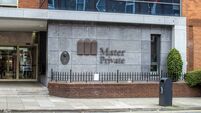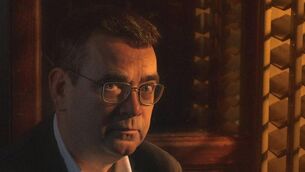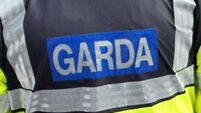Nature can do a lot to help humans
If his cows are reluctant to leave the shed, for instance, he knows cold weather is on the way.
And, unlike professional meteorologists, the animals always get it right, he is convinced. All of which leads to the question: ought we to be taking far more notice of nature and the world around us?














